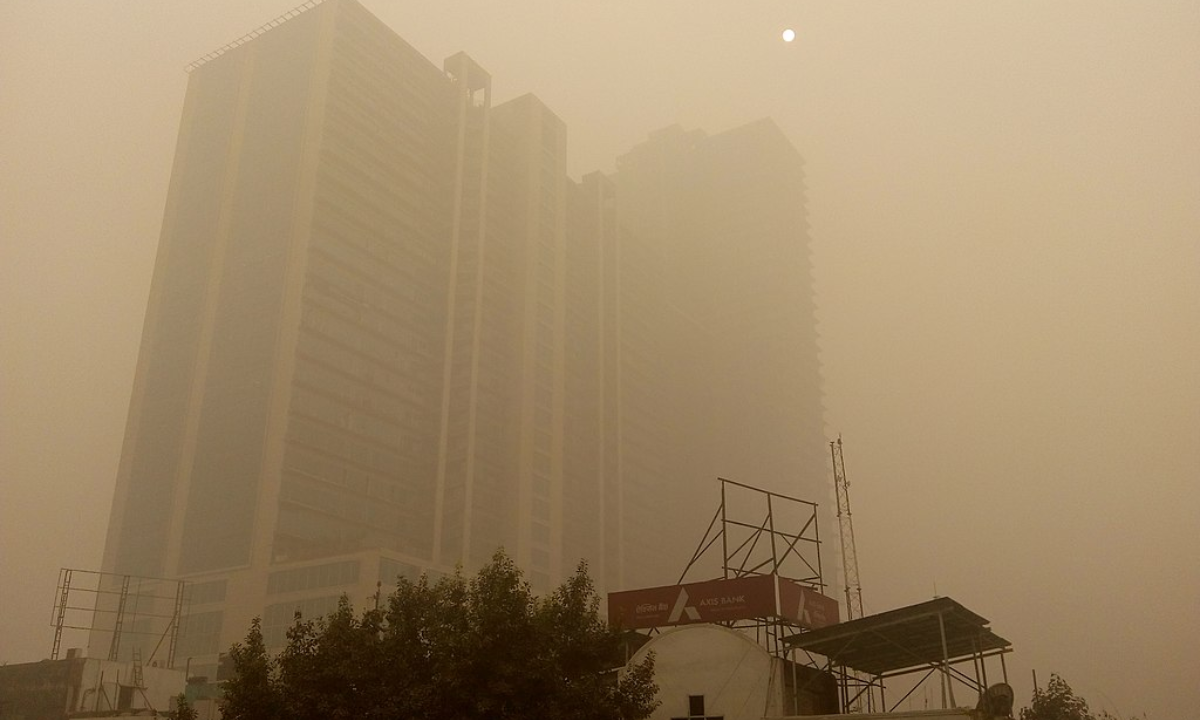
New Delhi: In a turn of events that was both shocking and expected, residents of Delhi NCR including the areas of Delhi, Noida, and Gurugram woke up to a dense blanket of toxic smoke today. Yesterday Diwali firecrackers were being set off across the city and consequently, the pollution in the city saw a huge rise. However, the pollution levels lowered slightly after afternoon winds helped disperse some pollutants. Here are all the details you should know about the pollution situation in the national capital.
Delhi air pollution: AQI Numbers:
Anand Vihar: 385 (PM2.5 pollutant)
Ashok Vihar: 383 (PM10 pollutant)
Burari Crossing: 382 (PM2.5 pollutant)
Chandni Chowk: 333 (PM10 pollutant)
Dwarka-Sector 8: 369 (PM2.5 pollutant)
IGI Airport (T3): 369 (PM2.5 pollutant)
Jahangirpuri: 385 (PM2.5 pollutant)
Mundka: 367 (PM2.5 pollutant)
RK Puram: 391 (PM2.5 pollutant)
Efforts by Delhi Govt. to control Delhi AQI
Despite the Delhi government’s efforts to enforce a firecracker ban via local associations, neighborhoods across East and West Delhi reported widespread violations. Delhi NCR residents witnessed fireworks irrespective of the restrictions, adding to the post-Diwali pollution surge.
As a consequence of the fireworks displays, the city’s 24-hour average Air Quality Index (AQI) climbed to 330 from 307 the previous day, indicating hazardous air conditions. By 9 PM, the concentration of PM2.5 and PM10 particles in the national capital had surged to 145.1 and 272 micrograms per cubic meter, respectively. These fine pollutants are particularly dangerous for vulnerable groups, including children, the elderly, and individuals with pre-existing respiratory issues.
Smog-laden skies of National capital
The smog-laden skies of the national capital recalled the severe pollution of 2020, highlighting the recurring challenge Delhi faces each winter season. The government’s ongoing struggle to curb firecracker use and reduce pollution highlights the need for stricter enforcement and widespread public cooperation to address the severe air quality crisis.
The pollution levels have been a very serious problem for the residents of the national capital for long. The AQI levels have been observed to rise in the October and November periods due to the festive crackers and stubble burning in Punjab and Haryana. It is expected that the AQI levels may reach their worse levels in the coming weeks and then subside later.
